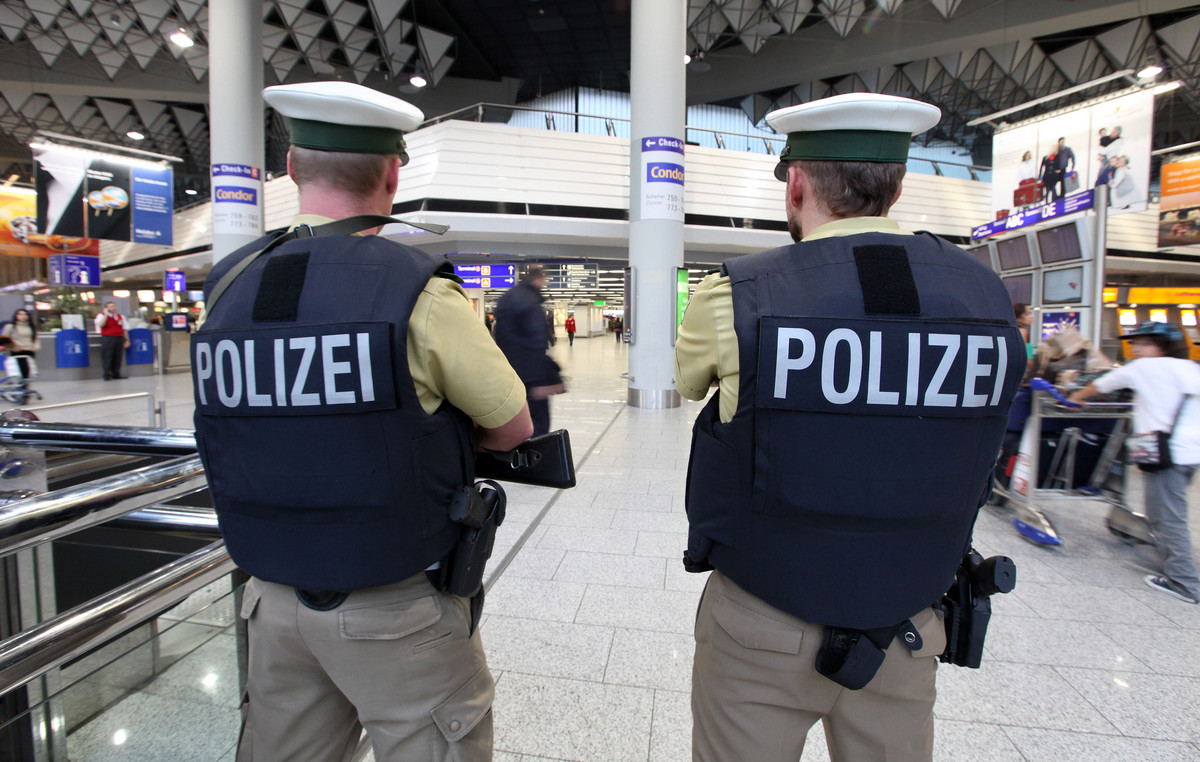- WTI declines for the second consecutive day, although a significant drop seems unlikely.
- Concerns that geopolitical tensions could cause supply disruptions could offer some support.
- Traders now await OPEC+ meeting for fresh impetus ahead of key US NFP report.
US West Texas Intermediate (WTI) crude oil prices remain under some selling pressure for the second day in a row on Thursday and have now reversed a significant portion of the weekly gains. The commodity is trading below $68.00 mid-day, down 0.30% on the day during the Asian session, although the decline remains supported ahead of the OPEC+ meeting later today.
Reports suggest the cartel will further delay plans to increase production until at least the second quarter of 2025 amid concerns about slowing oil demand, especially in China, the world’s largest importer. Furthermore, the worsening conflict between Russia and Ukraine and rising tensions in the Middle East keep the geopolitical risk premium in play, which, in turn, could act as a tailwind for crude oil prices.
Meanwhile, official data released by the Energy Information Administration (EIA) on Wednesday showed that US oil inventories fell by more than expected, by 5.07 million barrels in the last week of November. . Additionally, signs of U.S. economic resilience and hopes that President-elect Donald Trump’s expansionary policies will boost fuel demand should limit crude oil price losses.
Traders could also refrain from making aggressive directional bets and choose to wait for the release of the US Nonfarm Payrolls (NFP) report. Closely watched employment details will play a key role in influencing market expectations on the path of rate cuts from the Federal Reserve (Fed). This, in turn, will influence the price dynamics of the US Dollar (USD) and provide fresh impetus to crude oil prices.
WTI Oil FAQs
WTI oil is a type of crude oil that is sold in international markets. WTI stands for West Texas Intermediate, one of the three main types that include Brent and Dubai crude. WTI is also known as “light” and “sweet” for its relatively low gravity and sulfur content, respectively. It is considered a high-quality oil that is easily refined. It is sourced in the United States and distributed through the Cushing facility, considered “the pipeline junction of the world.” It is a benchmark for the oil market and the price of WTI is frequently quoted in the media.
Like all assets, supply and demand are the main factors that determine the price of WTI oil. As such, global growth can be a driver of increased demand and vice versa in the case of weak global growth. Political instability, wars and sanctions can alter supply and impact prices. The decisions of OPEC, a group of large oil-producing countries, is another key price factor. The value of the US Dollar influences the price of WTI crude oil, as oil is primarily traded in US dollars, so a weaker Dollar can make oil more affordable and vice versa.
Weekly oil inventory reports published by the American Petroleum Institute (API) and the Energy Information Agency (EIA) influence the price of WTI oil. Changes in inventories reflect the fluctuation of supply and demand. If the data shows a decline in inventories, it may indicate an increase in demand, which would drive up the price of oil. An increase in inventories can reflect an increase in supply, which drives down prices. The API report is published every Tuesday and the EIA report the next day. Their results are usually similar, with a difference of 1% between them 75% of the time. EIA data is considered more reliable since it is a government agency.
OPEC (Organization of the Petroleum Exporting Countries) is a group of 13 oil-producing nations that collectively decide member countries’ production quotas at biannual meetings. Their decisions often influence WTI oil prices. When OPEC decides to reduce quotas, it can restrict supply and drive up oil prices. When OPEC increases production, the opposite effect occurs. OPEC+ is an expanded group that includes ten other non-OPEC member countries, including Russia.
Source: Fx Street
I am Joshua Winder, a senior-level journalist and editor at World Stock Market. I specialize in covering news related to the stock market and economic trends. With more than 8 years of experience in this field, I have become an expert in financial reporting.







